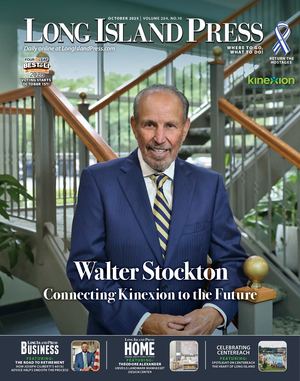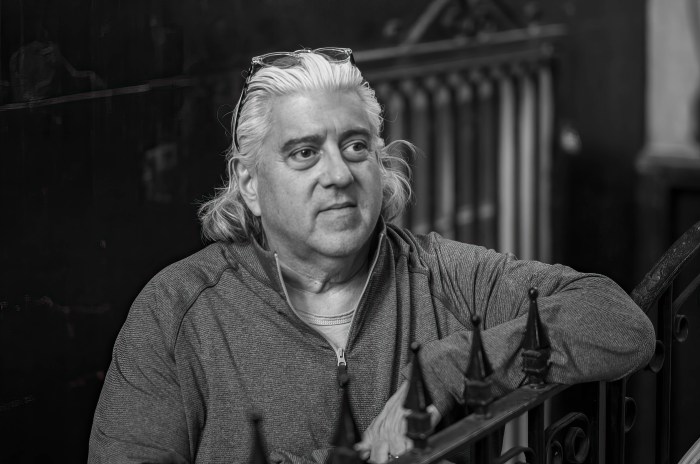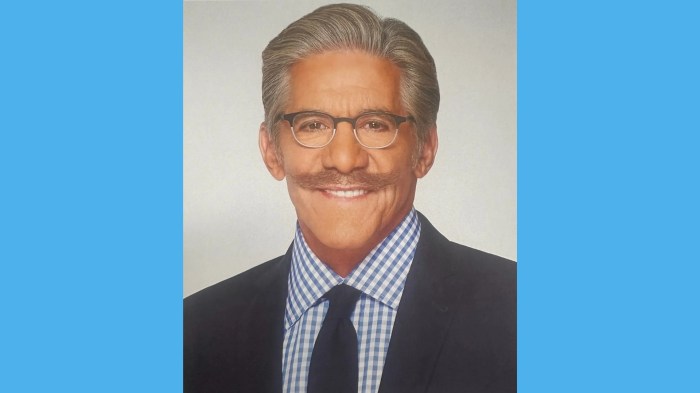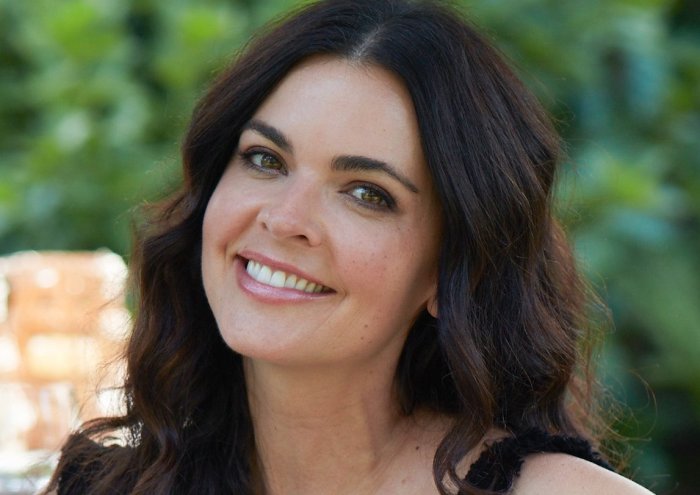Part 1 of a two-part series on choosing the healthiest foods
Society and events keep bombarding our brains and frazzling our nerves to a frenzy, so give your brain a rest. We are going to use our hearts to go shopping.
One of the most important everyday activities we engage in is choosing our food. When choosing wisely, we can greatly reduce our individual negative impact on the environment and, most of all, improve animal treatment and welfare.
Most people would agree with the saying, “You are what you eat,” yet the majority of us overlook the hard fact that this also holds true for the animal that becomes your food. The chicken on your dinner plate, if non-organic, was likely fed heavily sprayed grains, antibiotics, growth hormones and genetically engineered (GE) soy and corn—toxic junk food for the bird. Poultry has gone from being a healthy source of protein to an unhealthy toxic food that humans consume. We ingest what the animal ingests.
After WWII, the use of antibiotics in agriculture came into practice. This was the start of modern agriculture, changing the way the world eats. Journalist Maryn McKenna explains how this led chickens to become big business. It was discovered that feeding chickens antibiotics made them grow faster and plumper, just as it does for cows and other livestock.
To promote this new discovery, a national Chicken of Tomorrow contest, sponsored by the A&P supermarket chain and supported by the U.S. Department of Agriculture, was held in 1948, in an effort to develop and exploit a meatier chicken. All of the major brands of chicken sold in the U.S. today can be tracked to the so-called winner of the contest.
When food was real, livestock roamed free. They ate seeds and herbs in season, grass and green foods rich with omega-3. Sadly, this is no longer the case. A farm animal’s digestive tract is not meant to ingest grains, which cause great intestinal discomfort for cows. Grains then cause cows to produce methane gas, expelled by their flatulence, which is responsible for an estimated 14 percent of the world’s greenhouse gases that are 23 times more powerful than carbon dioxide in contributing to global warming.
Our agriculture and food has been totally redesigned. We have lost the priority of our human physiology, namely our original genome that was designed and shaped by “wild foods.”
When you go food shopping and grab meat, chicken, eggs and dairy, do you think about whether the animal that you are consuming, and gave you your food, was raised humanely? The overwhelming majority of farm animals come from what is called Concentrated Animal Feeding Operations (CAFOs), also known as factory farms, which are like concentration camps for animals. Ninety-nine percent of chickens raised for consumption in the U.S. come from factory farms to produce about nine billion broiler chickens. Large conventional food companies are the factory farms.
The factory-farmed chicken, America’s favorite meat, has a short and brutal life. Chickens are the most abused animals on the planet, according to Mercy for Animals, a Los Angeles–based nonprofit animal advocacy group. A broiler chicken lives for a mere 40 days. Chickens are very social, intelligent creatures, capable of forming emotional bonds, but are purposely bred to be meat-producing machines. They are given growth hormones and antibiotics that cause them to gain a tremendous amount of weight, so much so that they can no longer stand. They are in constant pain and many die of organ failure. Young male breeder chickens are subject to what the industry calls “boning,” in which a dull plastic rod is stabbed through their nostrils to reduce their food intake.
In May 2016, Mercy for Animals released undercover footage of shocking animal abuse from the country’s largest producer of broiler chickens. This footage reveals thousands of birds crammed into windowless, concrete-floored rooms, many appearing to suffer devastating deformities. Workers were caught on hidden cameras committing horrible abuses. Many states have a law, called Ag-gag, an agriculture-gag law that makes it illegal for undercover investigators to take footage of and expose animal abuse. Anyone taking undercover videos will be sued and prosecuted, thereby enabling this abuse to continue, and allowing huge profits for animal producers.
In its report, The Hidden Cost of Cheap Chicken, the Cornucopia Institute points out three primary issues regarding CAFOs chickens.
• Ethics: Chickens deserve access to the outdoors, with grass—not concrete, so they can express their natural behavior. Sadly, the National Chicken Council, the trade association for the U.S. chicken industry, issues animal welfare guidelines indicating a shocking density of 96-square inches for a bird, which is comparable to an 8½-by-11 inch letter size sheet of paper. The chickens are unable to move. This is the beginning to the end of their lives when they are slaughtered. They are debeaked and their nails are removed. They are still conscious and feel all the pain and the many other abuses before slaughter.
• Environment: CAFOs are notorious polluters of our land, air and water. The huge loss of global biodiversity can be tied to the very food that we eat, since CAFOs are the biggest users of crop-based animal feed.
• Human health: The spread of infectious disease and antibiotic-resistant superbugs is a fact of life at CAFOs. The Bird Flu outbreak in 2015 led to the destruction of millions of chickens and turkeys. Supposed safeguards didn’t work. A study by the USDA Agriculture Research Service found that CAFOs poultry had an astonishing positive rate of 26.2 percent contamination with salmonella.
Before journeying to your market, understand that factory farming is completely shrouded in myth. The biggest myth: Factory farming is the most efficient way of producing food. Fact: Factory farming is highly inefficient and wasteful, full of toxicity, GMOs and pesticides. Factory farming is a threat to all life on Earth.
Read Part 2 in next week’s paper to discover how to make sure you’re getting the safest foods.
Gary Feldman is a nutrition educator and lecturer, and an instructor in the Port Washington Union Free School District Continuing Education program, was an innovator in the nutritional supplement retail industry and is a health writer in Great Neck. Email him at garyteach1@gmail.com.


































